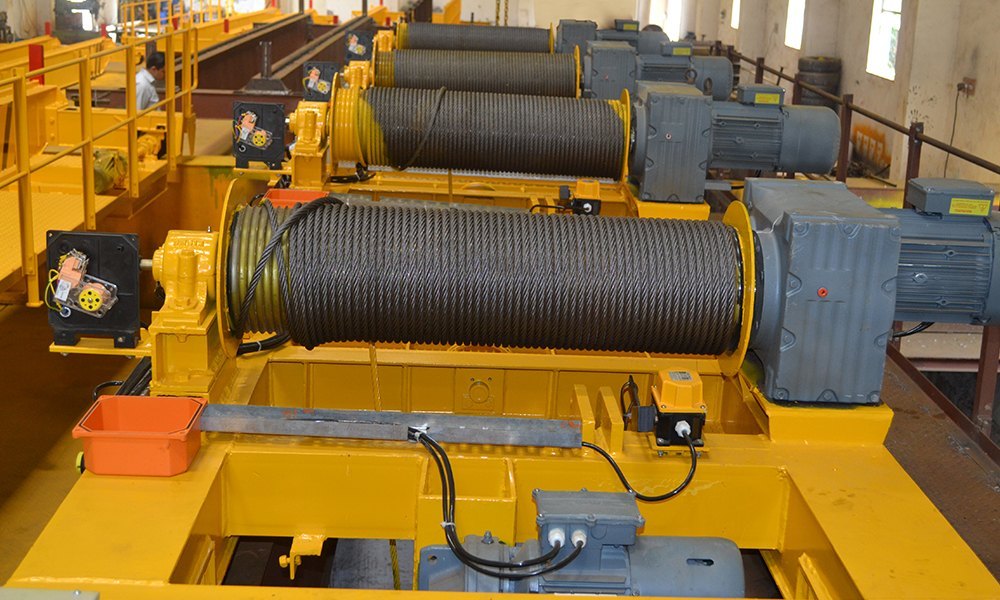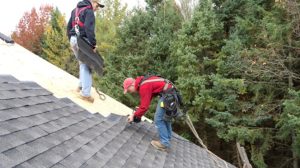
The Legacy and Demand for Koehring Crane Parts in Today’s Construction Industry
Koehring cranes once symbolized robust construction machinery built to withstand the test of time and terrain. Although the Koehring brand has long since exited mainstream production, its machines still operate on worksites across the country. For companies and individuals maintaining these machines, securing reliable Koehring crane parts remains critical. These parts are more than just components—they are the essential pieces that keep heavy lifting on schedule and ensure safety and performance are never compromised.
A Closer Look at the Heritage of Koehring Cranes
Koehring’s rise began in the early 20th century, rooted in the innovation of durable construction equipment designed for everything from road building to heavy lifting on high-rise structures. The company gained a reputation for excellence through the reliability of its cranes, excavators, and concrete equipment. Over the decades, these machines helped shape skylines and infrastructure across North America.
Though the brand ceased manufacturing under its own name decades ago, the reliability of its equipment has granted it a second life in the modern construction landscape. Many older cranes bearing the Koehring name continue to serve daily operations, especially in industries where rugged equipment is valued over digital bells and whistles. These workhorses demand upkeep, which is where the search for authentic or compatible Koehring crane parts becomes a top priority.
Original components are often sought after for their perfect fit and proven durability, while aftermarket and refurbished parts are appreciated for extending the usability of aging machines. Regardless of the source, every component plays a crucial role in maintaining the performance and safety of Koehring equipment.
The Importance of Quality Parts in Crane Maintenance
When dealing with legacy machinery like Koehring cranes, maintenance becomes a delicate balance of preservation and performance. Unlike modern machinery that comes with streamlined dealer networks and warranty-backed support, maintaining older cranes means finding Koehring crane parts through specialized suppliers or salvage networks.
The right part can determine whether a crane lifts with precision or risks downtime on a jobsite. This becomes particularly important for small- to mid-size construction firms that rely on older equipment to reduce capital expenses. Rather than retiring reliable machines, many opt to keep them operational with routine servicing and timely part replacement. In these cases, even a seemingly minor component—such as a bearing, seal, or hydraulic valve—can directly influence safety compliance and project timelines.
Authentic Koehring crane parts also tend to hold up better under stress, especially on machines exposed to harsh environmental conditions. Dust, debris, extreme temperatures, and heavy loads all put parts to the test. OEM and high-quality aftermarket parts make a difference not only in durability but also in efficiency. Operators often report better response times and smoother control with original or well-fitted parts versus generic substitutes.
The hunt for reliable sources may lead to specialized parts dealers, equipment auctions, or even other construction companies retiring their older fleets. While the search can be tedious, the long-term payoff is undeniable. Keeping a vintage Koehring crane in operation can save significant costs compared to purchasing entirely new equipment.

Where to Find Trusted Koehring Crane Parts Today
Sourcing Koehring crane parts is a task that blends mechanical know-how with industry networking. With the brand no longer manufacturing new equipment, most parts come through secondary markets, including specialized dealers and online platforms dedicated to heavy machinery.
There’s a robust aftermarket industry that focuses specifically on legacy brands like Koehring. These suppliers often stock both new old stock (NOS) and rebuilt parts. NOS components are unused original parts from the manufacturer’s final years, while rebuilt options are used parts that have been reconditioned to meet factory standards.
Some suppliers have even taken the extra step of reverse engineering certain parts to ensure ongoing availability. These modern reproductions are often made with stronger materials or improved design standards while still matching the original part’s fit and function. For equipment managers, this means fewer service interruptions and peace of mind when it comes to safety.
Online marketplaces have also become a valuable resource, especially those tailored to construction and industrial machinery. Many offer detailed specs, part compatibility checks, and even customer reviews to ensure buyers receive what they need. Trusted suppliers often provide technical support, schematics, or even installation advice—critical features for those working with older models.
Salvage yards and crane repair shops also continue to be vital parts of the supply chain. These businesses sometimes carry components pulled from decommissioned cranes, providing access to otherwise hard-to-find parts. While it may require more due diligence to verify condition and compatibility, many crane operators find success through these channels.
Expert Advice on Prolonging the Life of Your Koehring Crane
Understanding the value of Koehring crane parts means also knowing how to integrate them into a long-term equipment strategy. Keeping these machines in rotation isn’t just about nostalgia or budget—it’s about maximizing ROI on equipment that has already proven its worth.
Routine inspections and a well-documented maintenance schedule are vital. This ensures that parts are replaced before they cause larger system failures. Tracking usage hours, load weights, and performance notes helps predict which parts may need attention next. Preventive maintenance minimizes emergency repairs and helps with parts planning, particularly when lead times may be longer due to limited availability.
Operators and mechanics familiar with Koehring machinery can often spot issues before they become costly problems. Investing in training for newer technicians ensures knowledge isn’t lost and helps maintain continuity in the repair process. When new parts are installed, verifying alignment, hydraulic flow, and overall system integration is critical for maintaining peak performance.
Partnering with reliable suppliers for Koehring crane parts also creates a valuable long-term resource. Once a relationship is established, those suppliers can often help track down rare components or provide upgrades and suggestions that match specific jobsite conditions. Keeping communication open and providing feedback about part performance can improve future service.



